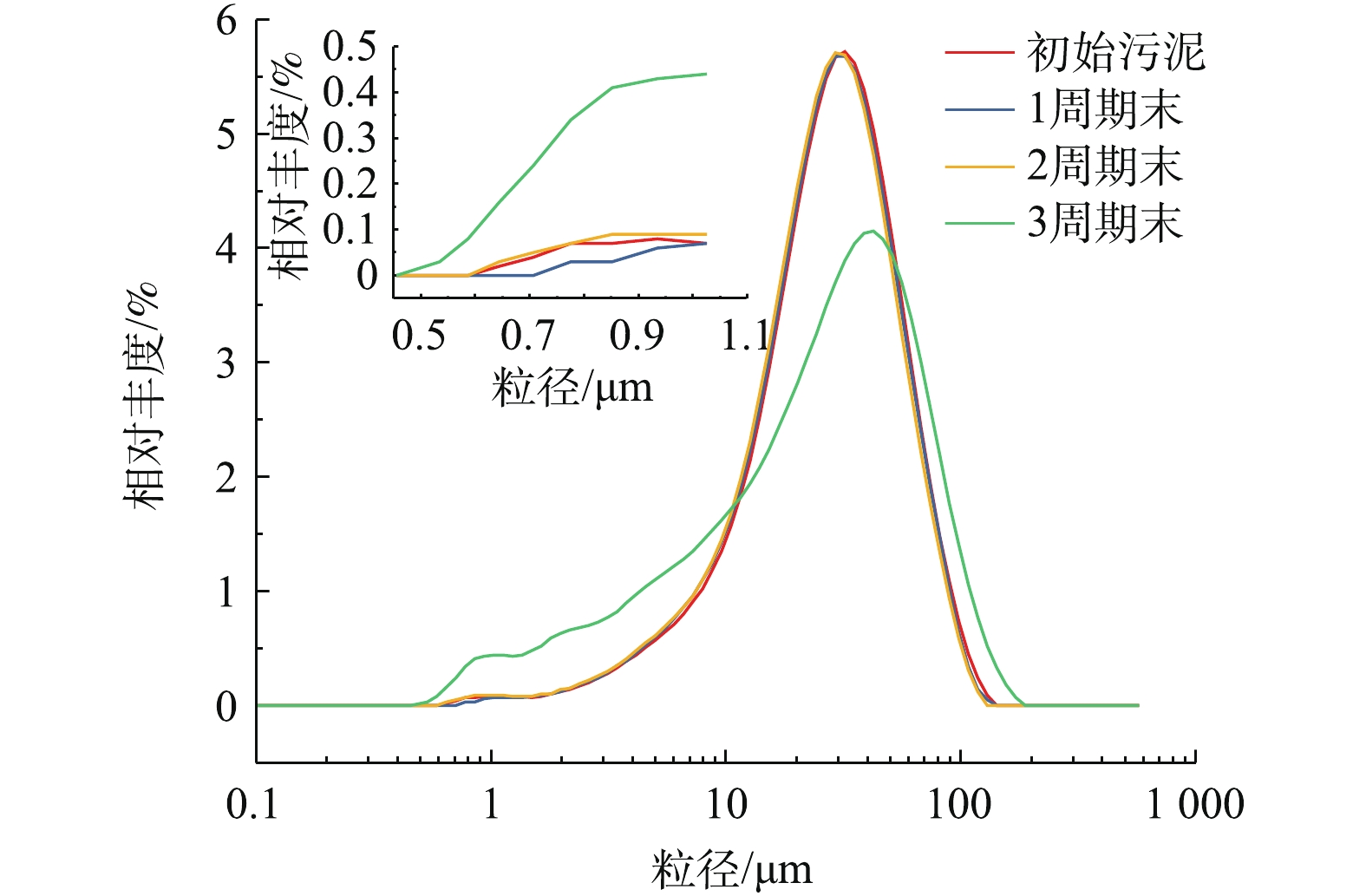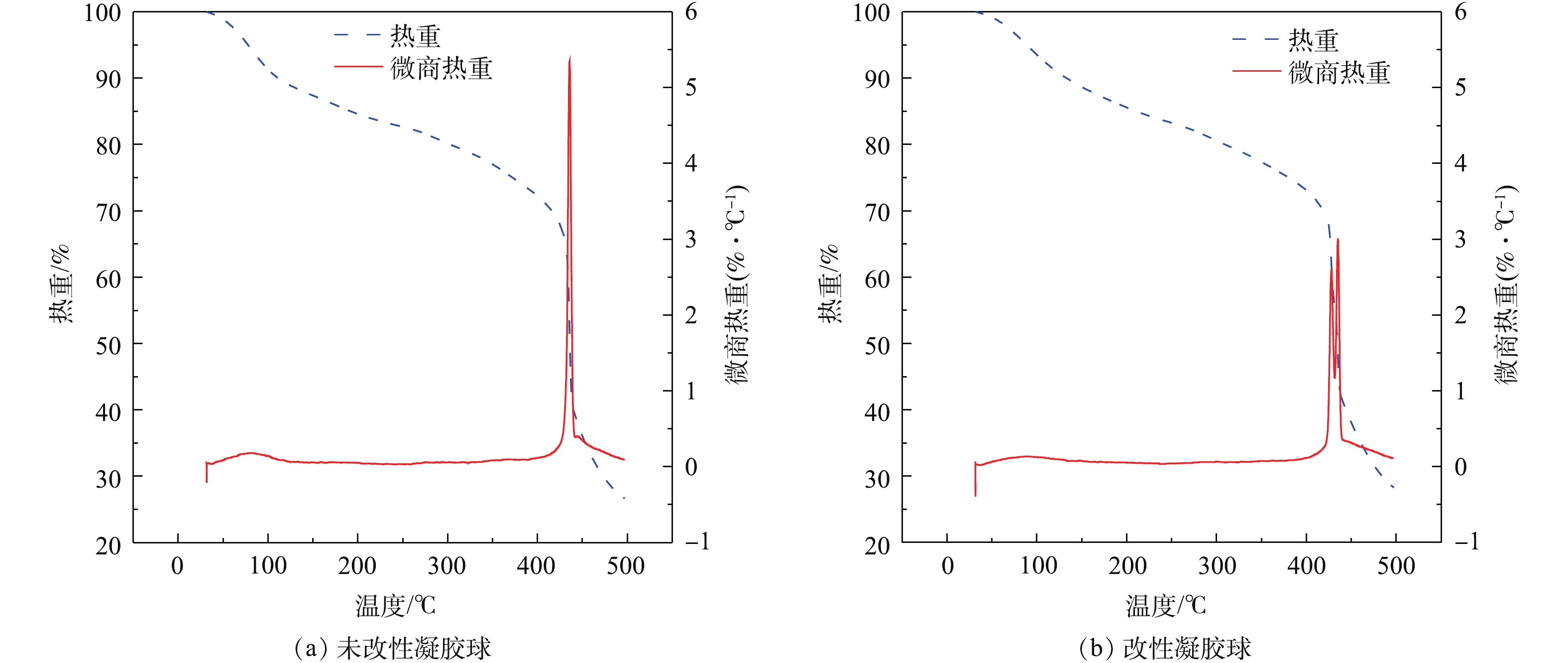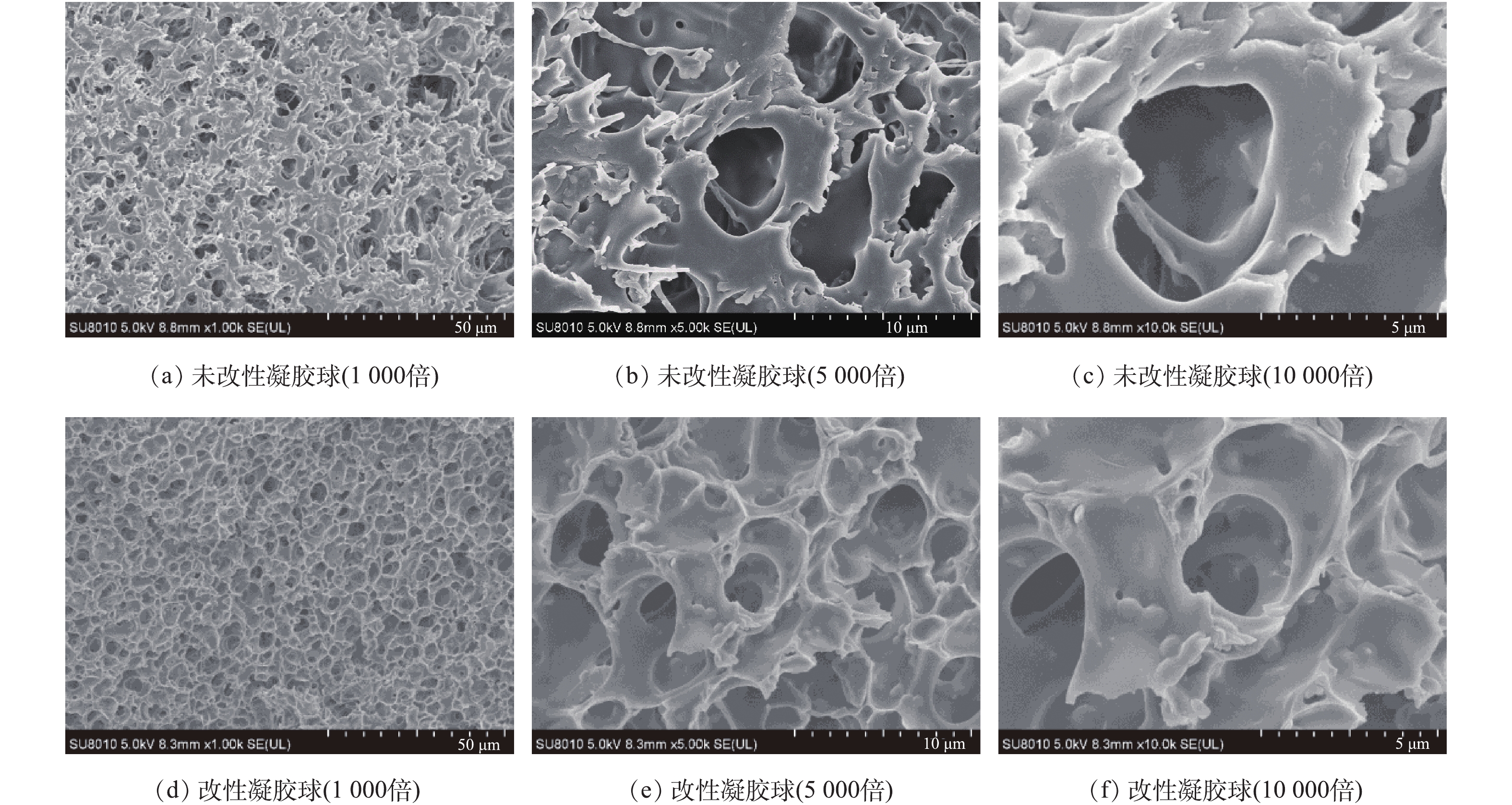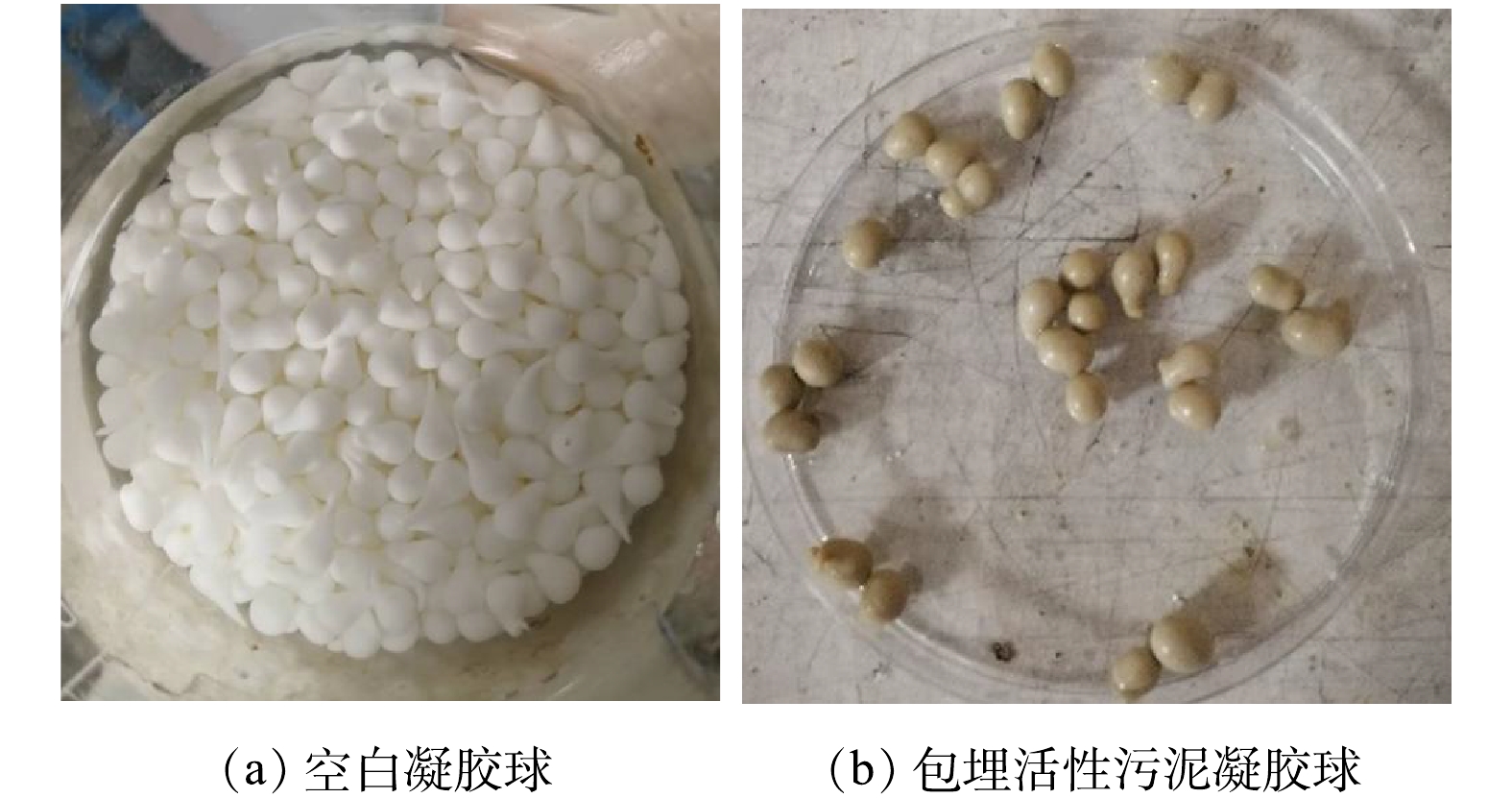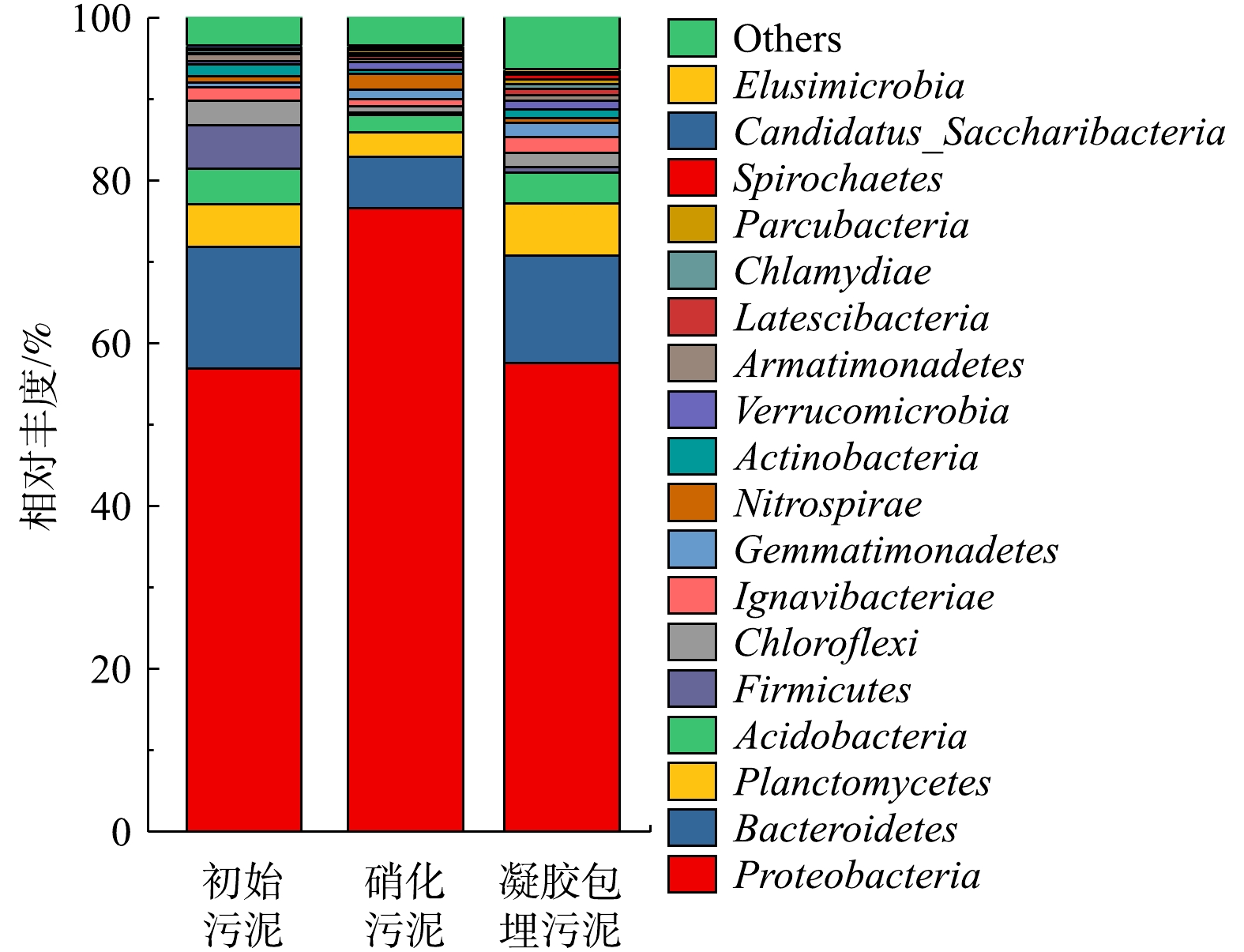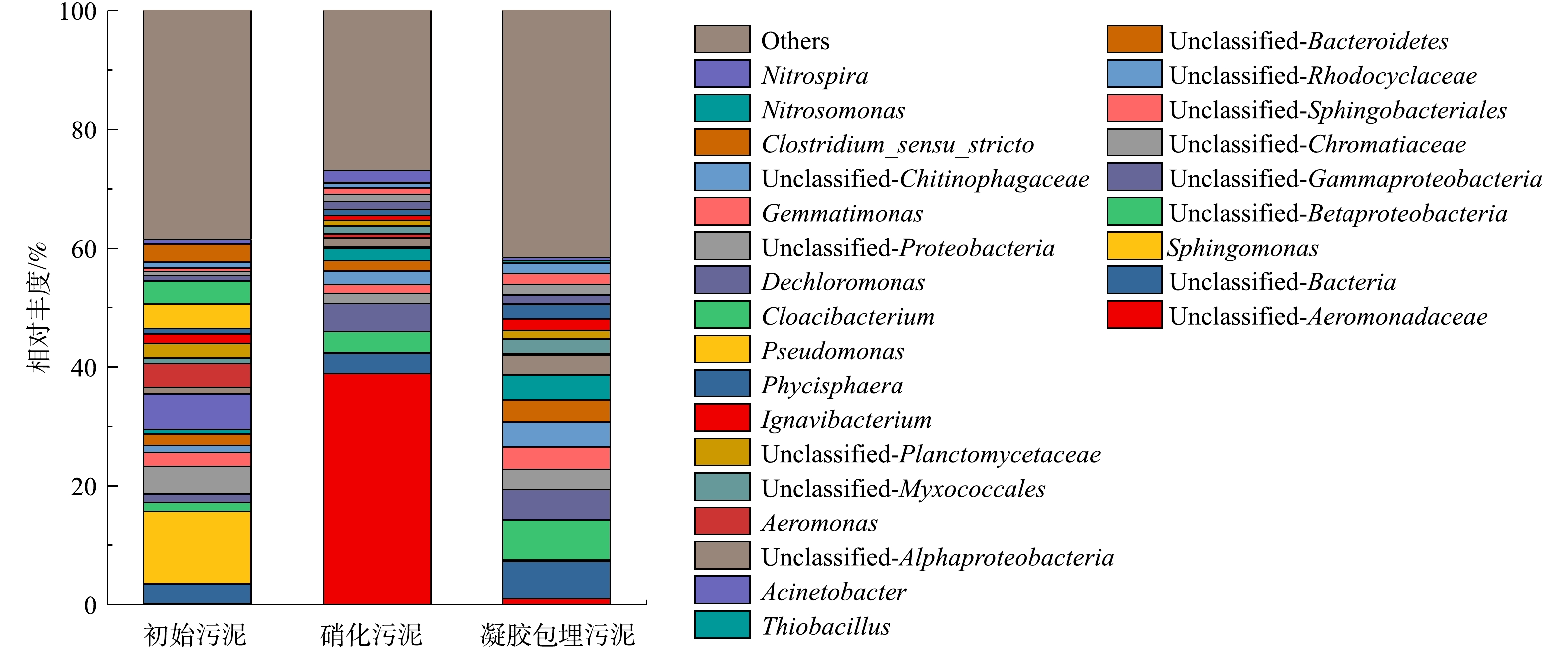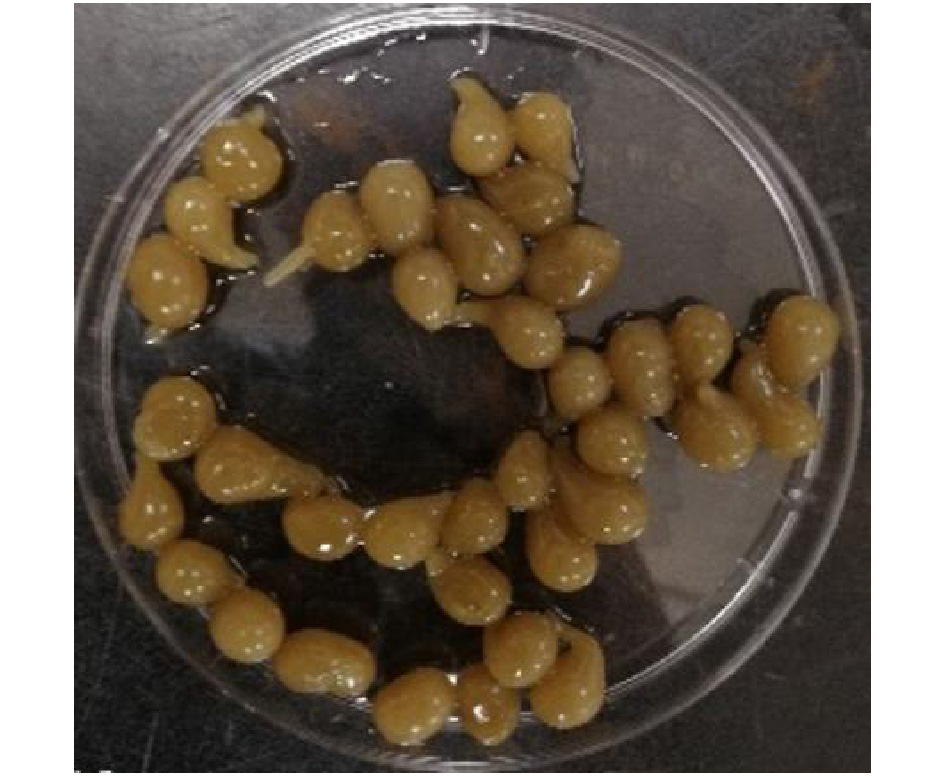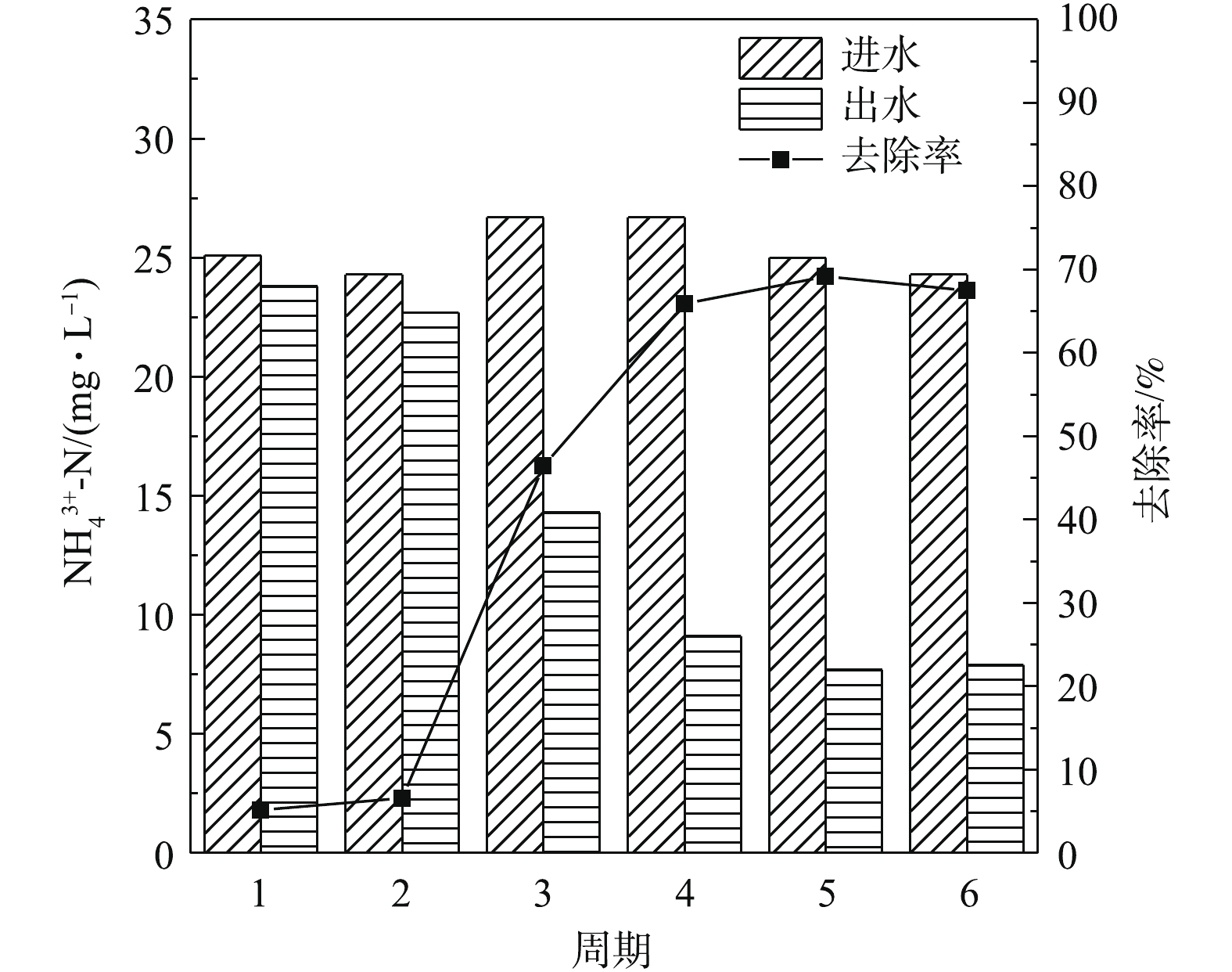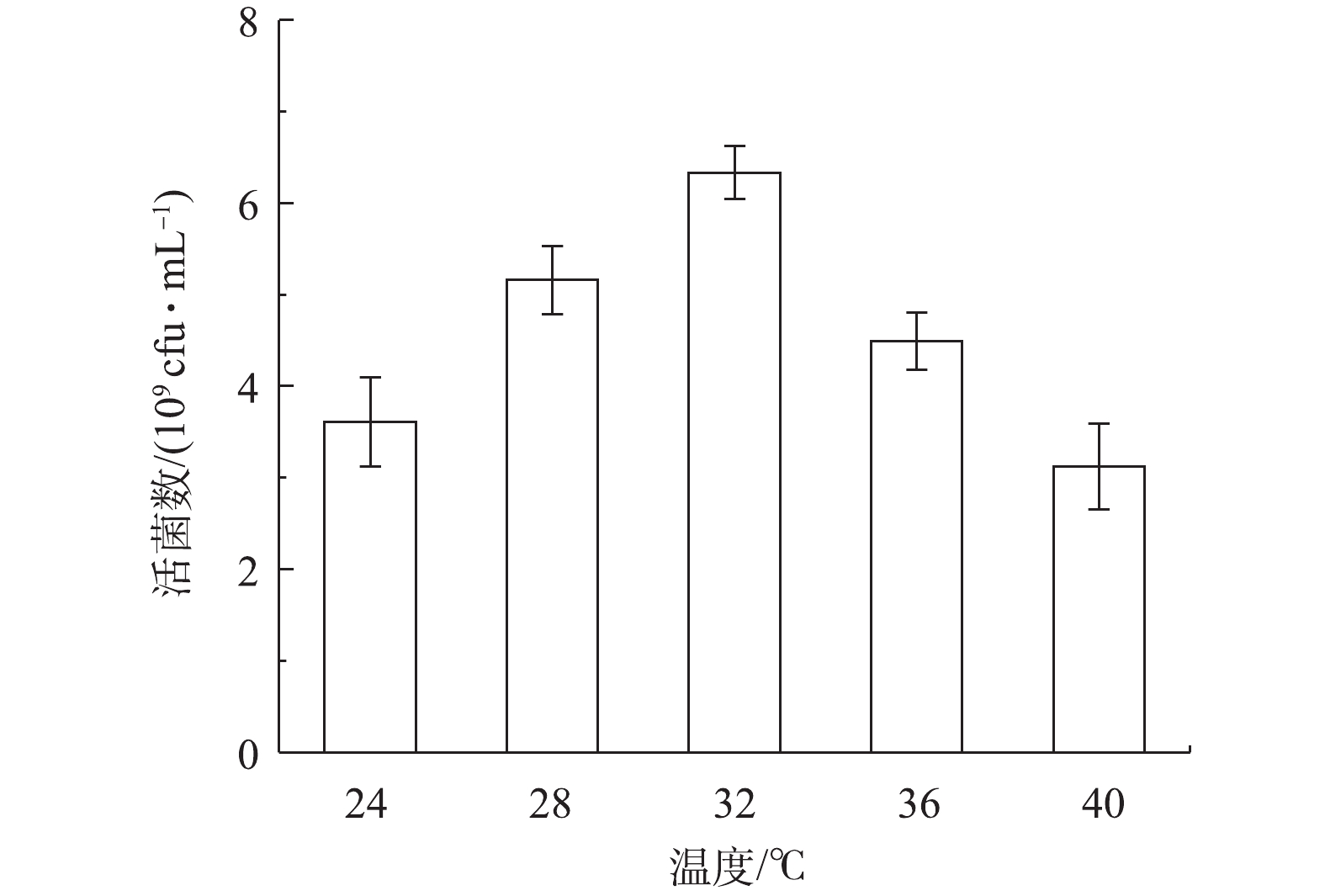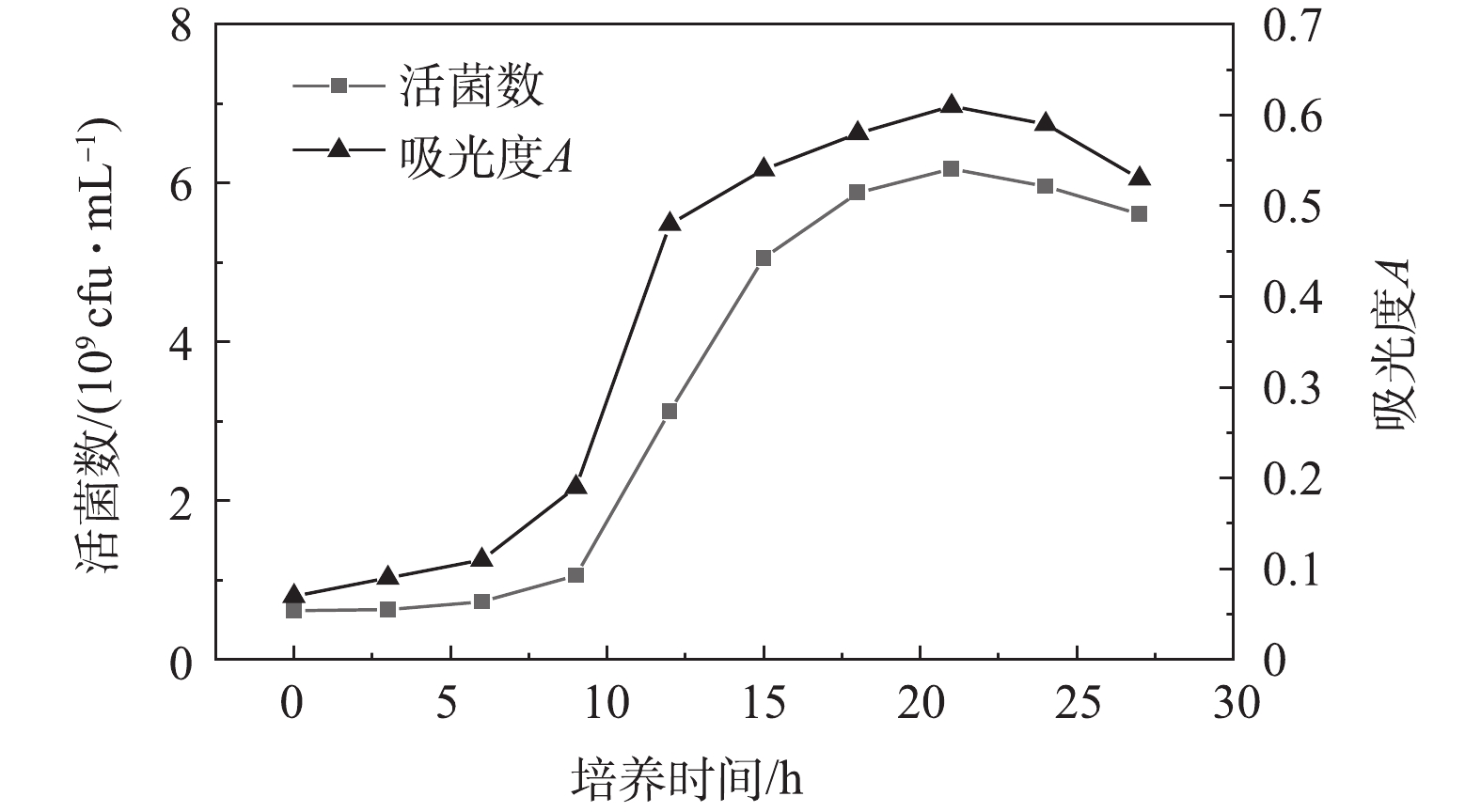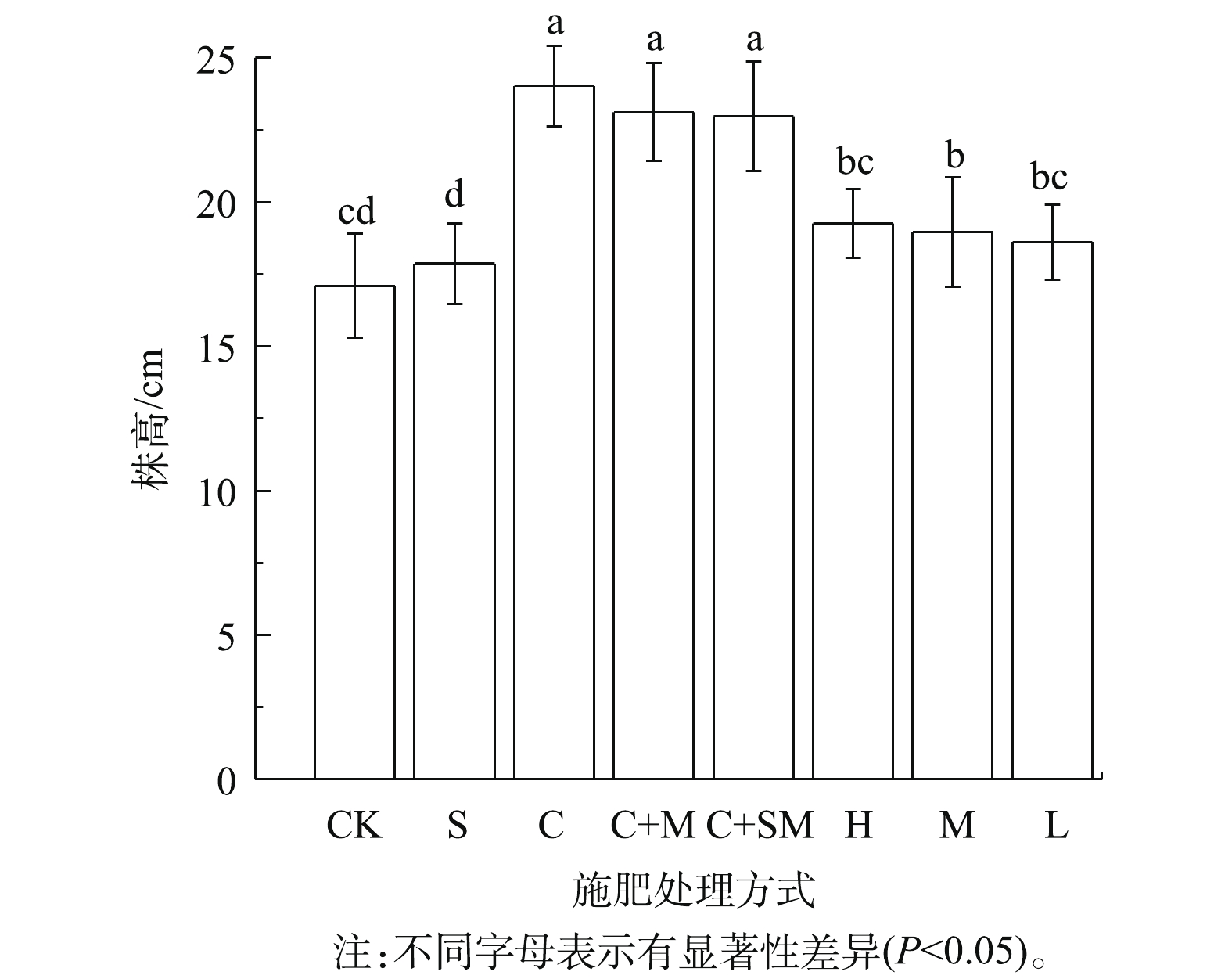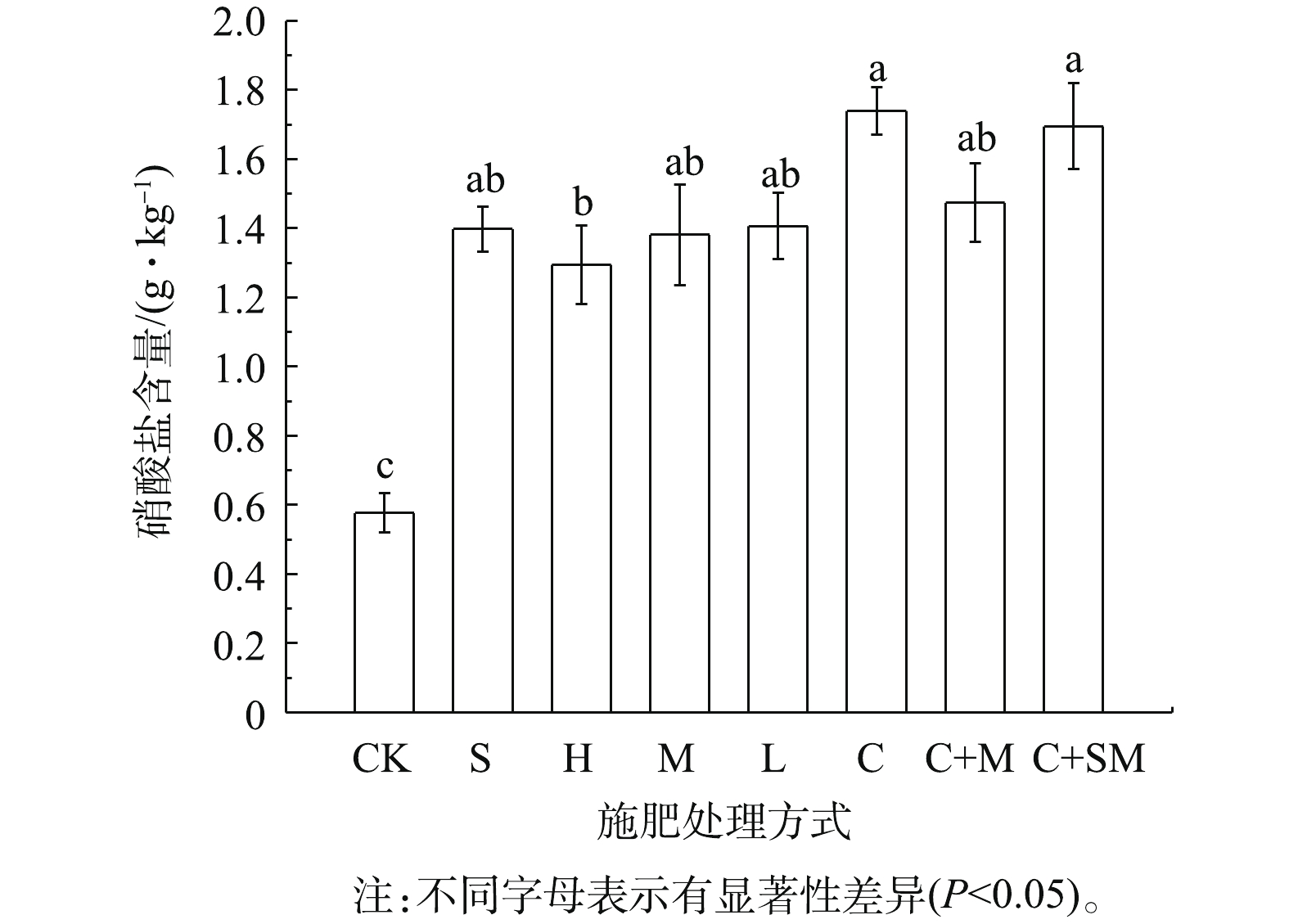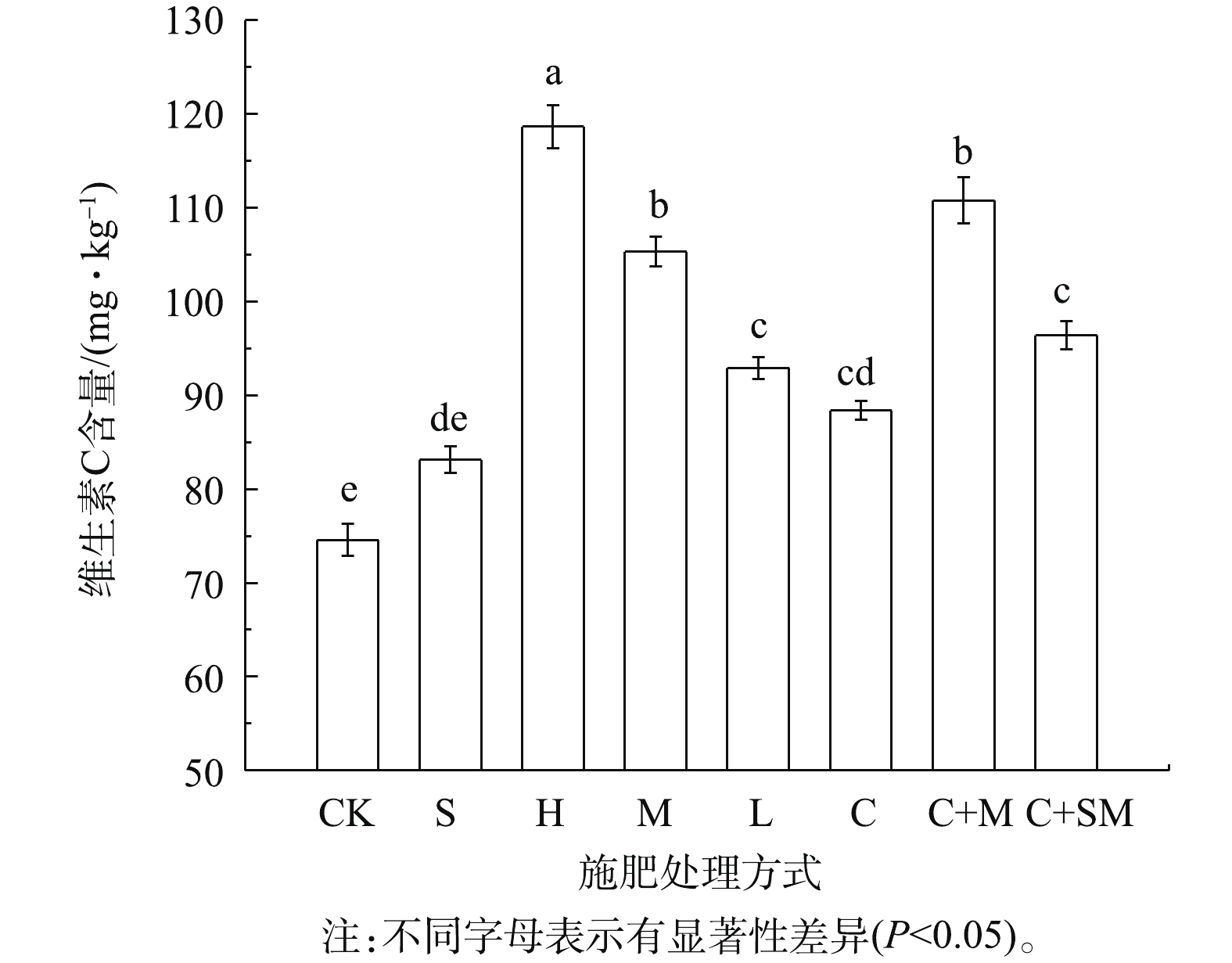-
Paenibacillus polymyxa是一类宿主广泛的植物促生菌(plant growth-promoting bacteria,PGPB)。由于它能分泌酶、植物激素、多肽类抗生素、功能蛋白等多种植物生理活性物质[1],对多种植物真菌、细菌等引起的植物病害具有较好的防治效果[2]、兼有生物农药和微生物肥料双重作用,且对人或动植物无致病性,所以被广泛地用于促进作物生产。很多国家和组织将其认证为可用于农业生产并商业化的微生物[3-4]。P. polymyxa EBL-06菌株能在植物的叶际和根际定殖,对多种病原菌都有拮抗作用,并且能促进植物生长。XU等[5]通过生产P. polymyxa微生物肥料实现了红薯淀粉废水的资源化,探索出一种可行的高浓度有机废水资源化及生物肥料生产方法;该方法生产的微生物肥料有效提升了茶树的产量及茶叶的品质。
马铃薯淀粉废水是指在生产马铃薯淀粉的过程中产生的废液。每产出1 t马铃薯淀粉,就会排出20 t相关废水[6]。马铃薯淀粉废水中含有大量淀粉、蛋白质、纤维素等有机物[7],属于无毒高浓度有机废水。其中,蛋白质含量为2~8 g·L−1,COD为6~30 g·L−1[8],SS为8.5~ 10 g·L−1。废水具有高泡沫、高浓度、高浊度的“三高”特点[9]。营养丰富的马铃薯淀粉非常适合作为微生物肥料开发材料[10]。因此,将其用于微生物肥料的开发,既能减少环境污染、减轻废水处理压力,又可实现资源的再利用[11-13]。席淑淇等[14]利用马铃薯淀粉废水培养光合细菌生产胡萝卜素,废水COD减小了70%以上。田雅婕[15]和黄峻榕等[16]发现,通过培养微生物,可以有效回收马铃薯淀粉废水中的蛋白质,降低废水COD。关晓欢[17]用马铃薯淀粉废水培养解淀粉芽孢杆菌,在初始pH为7.00~7.50、摇瓶机转速200 r·min−1、温度为36 ℃的条件下培养24 h后,微生物活菌数为2.2×109 cfu·mL−1。
本研究筛选出马铃薯淀粉废水培养解淀粉芽孢杆菌的最佳条件,利用马铃薯淀粉废水培养P. polymyxa,实现了废水的资源化,并通过盆栽实验研究P. polymyxa菌肥对蔬菜生长及品质的影响,验证了P. polymyxa作为菌肥使用效果,以期为马铃薯淀粉废水的资源化利用,以及P. polymyxa的应用推广提供参考。
全文HTML
-
选用同课题组GU等[18]筛选自小麦叶际的P. polymyxa (EBL-06)作为菌株来源。使用的培养基为LB培养基。P. polymyxa发酵液活菌含量为6.5×109 cfu·mL−1。马铃薯淀粉废水为取自某马铃薯淀粉加工厂的新鲜高浓度废液。该废液的主要理化指标:pH为5.10,COD为26.7 g·L−1,SS为24.7 g·L−1, EC值为3.32 mS·cm−1,TN为2.15 g·L−1,TP为0.57 g·L−1,总钾1.06 g·L−1。选用小白菜“热抗605”作为盆栽实验作物,使用直径22 cm、高18 cm的塑料花盆进行盆栽实验。
-
种子液制备:在斜面上刮取一环菌落,利用四区划线法在LB固体培养基上培养单菌落;从固体培养基上挑取单菌落接种于LB液态培养基中;35 ℃下在转速为180 r·min−1的摇床中培养16 h,即微生物对数生长期。活菌数的测定:使用稀释平板涂布法确定活菌数量。COD的测定:依据HJ/T 399-2007,使用消解分光光度法测量。硝酸盐和维生素C含量的测定:使用紫外分光光度法测定,分别在紫外区波长219 nm处和波长265 nm处测量硝酸盐和维生素含量。
-
常规生产情况下,影响发酵结果的主要影响因素有:发酵温度、过程pH、通气量、培养时间:种子液接种量、发酵底物的浓度和营养组成等。实验选取废水浓度、发酵体系的初始pH和培养温度3个指标作为活菌数的影响因子,进行单因素初步优化[19-20]。
取新鲜的高浓度马铃薯淀粉废水(COD为26.7 g·L−1),加水稀释后废水体积分数为60%(即0.60 L废水加上0.40 L超纯水制备);制备5组不同pH梯度的马铃薯废水(各50 mL),调节pH分别为5.00、6.00、7.00、8.00、9.00;115 ℃的高温下蒸汽灭菌20 min,然后自然降温到室温,并接种2%的P. polymyxa种子液;在恒温30 ℃、转速180 r·min−1的摇床中培养24 h;最后测量各梯度的微生物活菌数。
制备体积分数为60%的马铃薯淀粉废水50 mL共5组,调节pH至8.00;115 ℃的高温下蒸汽灭菌20 min,自然降温后按2%接种量接种P. polymyxa种子液;以180 r·min−1的转速,分别在24、28、32、36、40 ℃温度下进行摇床培养;24 h后测量各梯度的微生物活菌数。
制备5组浓度梯度的马铃薯淀粉废水各50 mL,废水体积分数分别为20%、40%、60%、80%、100%;调节pH至8.00,在115 ℃的高温下蒸汽灭菌20 min;自然降温后按接种2%的P. polymyxa种子液;最后在恒温30 ℃、转速180 r·min−1的摇床中培养24 h,测量各梯度的微生物活菌数。
-
利用Design Expert 8.0软件中的中心复合设计实验[21-22],依据单因素实验结果,设计pH、废水体积分数、稀释度这3个影响因子的层次及范围,最终确定5个设计层次,共20组实验处理。表1为各组的处理详细信息。
-
将采集的土壤干燥过筛,随后将处理好的土壤分成42份,每份3.5 kg,分别装入盆栽花盆中。盆栽实验根据施肥不同分为7组处理:1) CK组,水500 mL;2) S组,稀释25倍的马铃薯淀粉废水500 mL(相当于0.09 g尿素);3) C组,化肥常规施肥(每盆0.54 g尿素,相当于田间每亩投加30 kg尿素,水500 mL);4) C+M组,常规施肥(每盆0.30 g尿素)+稀释50倍发酵液500 mL (相当于0.05 g尿素);5) C+SM组,常规施肥(每盆0.3 g尿素)+灭菌发酵液稀释50倍500 mL(相当于0.05 g尿素);6)H组,发酵液稀释25倍500 mL (相当于0.09 g尿素);7) M组,发酵液稀释50倍500 mL (相当于0.05 g尿素);8) L组,发酵液稀释100倍500 mL (相当于0.02 g尿素)。每个处理均有6个平行,每个平行中栽种5株实验作物。实验于8月下旬种植,10月上旬收获。
1.1. 实验原料
1.2. 实验方法
1.3. 单因素实验
1.4. 中心复合实验设计
1.5. 盆栽实验设计
-
图1~图3为单因素实验结果。在废水体积分数为40%、60%时,马铃薯淀粉废水中活菌数较高,分别为6.0×109 cfu·mL−1和6.2×109 cfu·mL−1,二者无明显差异。因此,初步认为菌体生长的最佳废水体积分数为50%。初始pH和培养温度的单因素实验中,在初始pH为7和培养温度为32 ℃的条件下,马铃薯淀粉废水中活菌数达到了较高水平,分别为6.1×109 cfu·mL−1和6.3×109 cfu·mL−1。综合以上3组单因素实验结果,初步认为马铃薯淀粉培养P. polymyxa的最佳条件为:废水体积分数50%;初始pH为7.00;培养温度为32 ℃。
-
在单因素实验结果基础上,通过Design Expert 8.0建立二阶响应曲面模型,以活菌数为因变量(Y),以pH (X1)、温度(X2)、废水体积分数(X3)为自变量,建立二阶响应曲面方程,得到回归模型(式(1))。
式中:Y为活菌数,是因变量,
109cfu⋅mL−1 ;X1、X2、X3分别为自变量pH、温度、废水体积分数。由式(1)可确定最佳工艺条件:废水体积分数为51.4%,pH为7.17,培养温度31.4 ℃。预测出最大培养菌数为6.30×109 cfu·mL−1。
中心复合实验得到的响应面及等高线见图4。其中,图4(a)和图4(b)为废水体积分数及pH交互作用对菌体发酵效果的影响,表明当温度值固定时(32 ℃),响应面存在峰值;此时的废水体积分数为50%,pH为7.00,活菌数为6.3×109 cfu·mL−1。图4(c)和图4(d)为废水体积分数及温度交互作用对菌体发酵效果的影响,表明当pH固定时(7.00),响应面存在峰值,此时的废水体积分数为50%,培养温度为32 ℃,活菌数峰值为6.3×109 cfu·mL−1。图4(e)和图4(f)为温度及pH交互作用对菌体发酵效果的影响,表明当废水体积分数固定时(50%),响应面存在峰值,此时温度为32 ℃,pH为7.00,活菌数为6.3×109 cfu·mL−1。图4中各组等值线均为椭圆形,表明两两因素间交互作用对菌体发酵存在明显影响。中心复合实验结果接近回归模型预测的最佳条件和活菌数数量。
中心复合实验设计所建立的模型差异性分析结果见表2。该数学模型P=0.000 1<0.01,故可判断活菌数与pH(X1)、温度(X2)、废水体积分数(X3)这3个因子的回归方程关系为极显著。根据数学模型的回归方程决定系数R2=0.964 5,表明该模型可以解释96.45%响应值的变化,回归方程拟合结果良好。失拟项P=0.053 1>0.05,失拟关系不显著,表明建立的数学模型拟合过程中出现异常误差比例小,所得模型可信度高。此外,数学模型的变异系数CV=10.9%<15%;
R2Adj 与R2Pred 差值为0.165,差值<0.2,这2项结果说明了建立的响应面模型具有较高的可信度与精密度。 -
为验证中心复合实验所预测的菌体最佳发酵条件及发酵菌体过程中对COD的去除效果,在预测的最佳发酵条件下,测得菌体发酵的生长曲线及COD的变化曲线。最佳发酵条件为,马铃薯废水体积分数为51.4%(COD=13.7 g·L−1),pH调节为7.17,培养温度为31.4 ℃,灭菌后接种2% P. polymyxa种子液,放入180 r·min−1摇床培养。取样间隔为3 h,分别测定样品中活菌数及吸光度。图5为测量得到马铃薯淀粉废水培养P. polymyxa的生长曲线。通过生长曲线的测定,可得出3~6 h为培养P. polymyxa的生长延迟期;6~21 h为培养P. polymyxa的生长对数期;在21~24 h为P. polymyxa繁殖稳定期,测定的活菌数峰值为6.18×109 cfu·mL−1,基本符合预测值。图6为P. polymyxa培养过程中马铃薯淀粉废水的COD和pH变化,废水中COD随着培养的进行逐渐减少。培养27 h后,COD从最初的13.7 g·L−1降至5.1 g·L−1,说明能较好地去除粉马铃淀粉中的COD(去除率为62.8%)。废水pH随着培养的进行而逐渐上升,在培养24 h后,pH升至7.91,反应体系呈弱碱性。
-
1) P. polymyxa菌剂对蔬菜鲜质量、干质量及株高的影响。P. polymyxa菌剂对蔬菜鲜质量、干质量及株高的影响:图7与图8分别为不同施肥处理对蔬菜质量和株高的影响。各处理组的蔬菜鲜质量明显高于CK。在相同施氮水平下,相比于空白组,P. polymyxa菌剂与尿素减量混施(C+M)处理组蔬菜鲜质量增长了145.5%;相比于CK组,尿素组(C)的蔬菜鲜质量增长了157.7%。两者结果相近,说明菌剂也能代替一部分肥料促进植物生长,即表明微生物菌肥替代部分化肥是切实可行的。相比于CK组,只施用菌剂的处理(H、M和L)蔬菜鲜质量增幅分别为78.7%、68.6%、55.0%。这可能是由于生物菌肥没有提供足够的氮元素来满足植物生长及合成蛋白质的需要[23],导致单独使用P. polymyxa菌肥的增产相较于尿素做肥料时效果较差。相比于CK组,灭活的菌肥处理组(C+SM)蔬菜鲜质量增幅为96.3%,增产效果相较于C+M处理组较差。这可能是由于菌肥中的P. polymyxa在生长过程中分泌植酸酶等植物生长物质,促进了植物的生长[24]。
与对照组CK相比,处理组C、C+M、C+SM均能明显提高蔬菜的质量,增幅分别为87.7%、84.9%、74.0%,处理组H、M、L的增幅分别为17.8%、13.7%、12.3%。因此,微生物菌肥同化肥混用能有效提高植物的质量,单独施用微生物菌肥对植物质量增产有限。在蔬菜株高上,施用化肥的3个处理组C、C+M和C+SM间无明显差距,只施用微生物菌肥的3个处理组H、M、L的植物株高明显低于施用化肥组,故认为施用化肥可有效提高蔬菜株高。
2) P. polymyxa菌肥对蔬菜硝酸盐含量的影响。图9为不同处理组中蔬菜硝酸盐的含量,表明仅施用化肥处理组(C)蔬菜的硝酸盐积累量最高,为1.74 g·kg−1。这说明施加氮肥会造成蔬菜中氮素明显增加。在相同施氮水平下,C+M处理组蔬菜硝酸盐含量为1.47 g·kg−1,相比于只施加尿素的处理组C,蔬菜内硝酸盐积累降低了15.3%。P. polymyxa在生长过程中会消耗氮素产生氨基酸、酯类等物质[25]。由于植物在利用土壤中的氨基酸这一过程中会消耗较少的能量,所以植物会优先吸收土壤中氨基酸。P. polymyxa将土壤中氮素消耗转变为氨基酸,既能减少蔬菜中硝酸盐的积累,又能提高蔬菜的产量[26-27]。这可能是微生物菌肥降低蔬菜硝酸盐积累的原因。
3) P. polymyxa菌肥对蔬菜维生素C含量的影响。维生素C是蔬菜品质的重要评估指标。分析蔬菜中维生素C的含量,有助于鉴定微生物菌肥对蔬菜品质的影响[28]。图10为不同处理组中蔬菜维生素C的含量,施用微生物菌肥处理组(H)蔬菜维生素含量最高。相比于空白处理组CK,蔬菜中维生素C的含量增加了59.1%;相比于只施用尿素的处理组C,蔬菜中的维生素C含量增加了34.2%。施用化肥能提高蔬菜的产量,但无法有效提高蔬菜品质,而微生物菌肥在提高蔬菜品质上有明显的优势。
2.1. 不同单因素对马铃薯淀粉废水中菌体生长的影响
2.2. 中心复合实验结果与分析
2.3. 生长曲线的测定及COD和初始pH随时间变化曲线
2.4. P. polymyxa菌剂对蔬菜生长与品质的影响
-
1)通过响应曲面法得到的马铃薯废水的最佳培养条件为:废水含量51.4%,初始pH 7.17,培养温度31.4 ℃。在该条件下培养21 h后,微生物活菌数为6.2×109 cfu·mL−1,基本吻合模型预测结果,产品满足国标要求。
2)盆栽实验结果表明,菌剂产品能有效提高蔬菜的产量与品质。与空白组相比,蔬菜的鲜重、干重、株高,以及维生素C含量分别提高了68.6%、13.7%、5.6%、41.3%。菌剂与尿素混施的效果最佳。相同氮量情况下,小白菜中维生素含量较纯尿素处理提高了25.3%,硝酸盐含量降低了15.3%。
3)利用马铃薯淀粉废水生产微生物菌剂的方法是可行的。菌剂既能保障作物产量,又能提升作物的品质。本研究可为马铃薯淀粉废水的处理与资源化利用,以及P. polymyxa菌剂的应用推广提供参考。




 下载:
下载:
